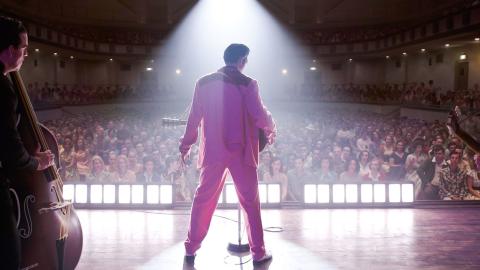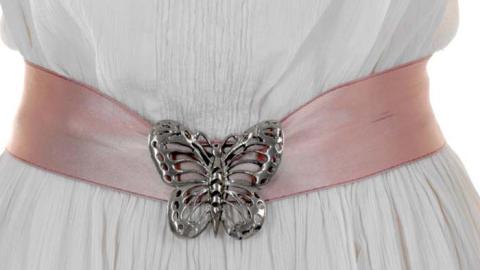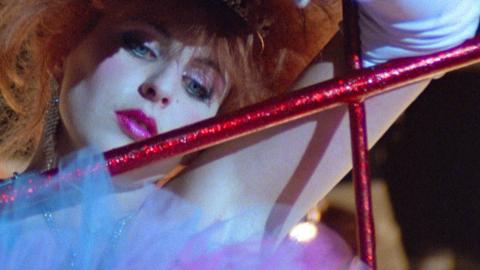
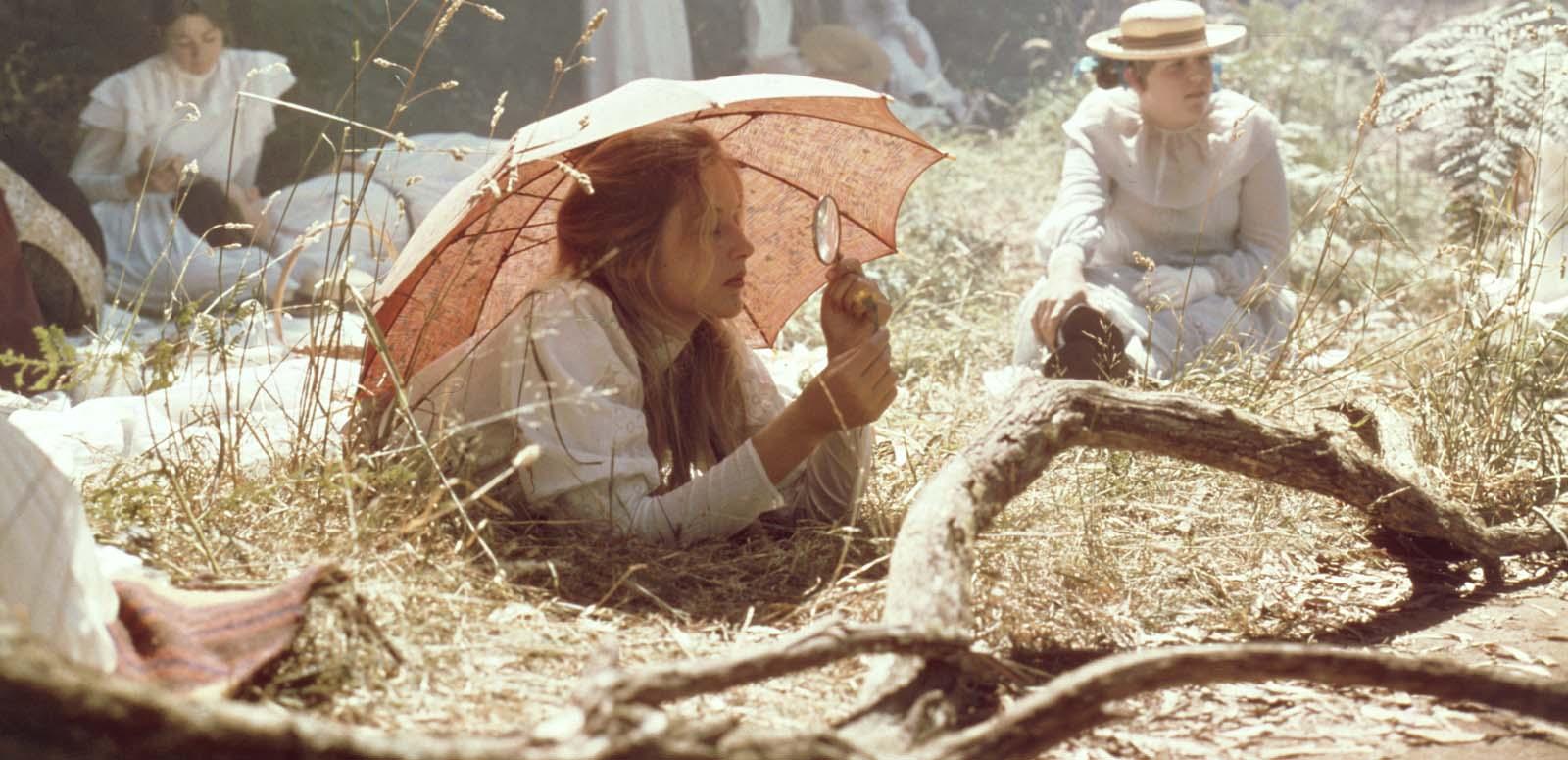
Characters and costumes
Our Film Costumes curated collection features selected costumes from the NFSA collection. In an edited excerpt from her talk, Archetypes and Fashion: Character and Costume Design, NFSA Curator Jennifer Gall discusses some of the costumes in the curated collection.
As UK fashion doyenne Frances Corner remarks; ‘Faster than anything else, what we wear tells the story of who we are – or who we want to be’, and pioneer movie makers were quick to appropriate the visual language of clothes to tell their stories more effectively.
Courtesans and cheaters
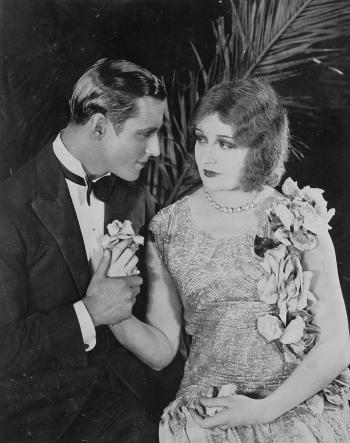
In Baz Luhrmann’s Moulin Rouge! (2001), Nicole Kidman wears a luscious red evening dress that conveys the identity of a celebrity courtesan who is both a mistress of sensual pleasures and a fragile, vulnerable character in the predatory world she inhabits.
Catherine Martin’s Oscar-winning design jumps frame from the Belle Epoque era to incorporate elements of the 1890s with technical treatments from the 2000s, such as the exquisitely fluid bustle. Martin references the period in which the story is set while reaching out to a contemporary era and making the leading lady relevant to the present-day audience. The red dress speaks to women because it embodies the different feminine personas women often adopt to survive.
A sequined dress bought in Paris by Kathleen Coen in 1925 became part of Australia’s film history through association with Isabel, Paulette and Phyllis McDonagh - the first Australian women to own and run a film production company.
In 1929 they produced The Cheaters starring Isabel (credited as 'Marie Lorraine') as Paula Marsh – a thief planning her retirement from crime, who falls in love with Lee Travers, the man who's supposed to be her final target! In the scene in which Lee proposes to Paula, she’s wearing Kathleen’s dress.
Isabel had borrowed the flapper-style sequined evening dress from her best friend, who had bought it during a six-month tour of Europe in 1925. It was donated to the NFSA by author Meg Stewart, the daughter of Kathleen’s niece, and the dress has since undergone conservation treatments to stabilise the delicate gelatine sequins and the extremely fragile silk fabric base.
Dressing the New Wave
During the dawning era of 1970s New Wave Australian cinema, costume budgets were almost non-existent in the context of the small amount of funding which supported the making of films such as Picnic at Hanging Rock (1975) and My Brilliant Career (1979).
Miranda’s dress from Picnic at Hanging Rock (featured in the above clip from the movie) symbolises the mystery at the heart of the film and is a key visual cue for establishing her character. Its lightness and movement in relation to the actress’s body create an image of transitory beauty against the backdrop of a primeval landscape.
Long after the film has wrapped, the costumes retain the imprint of the actor’s body. This is both fascinating and concerning for archive staff. Body sweat and the effects of interaction with the environment on-set leave chemical residue which must be monitored and treated when required. The visible evidence of the aging process is evident in the deepening hue of the beautiful cream Edwardian afternoon gown worn by Helen Morse in Picnic at Hanging Rock, and light levels are carefully controlled when the dress is exhibited at the NFSA.
A costumer’s dream
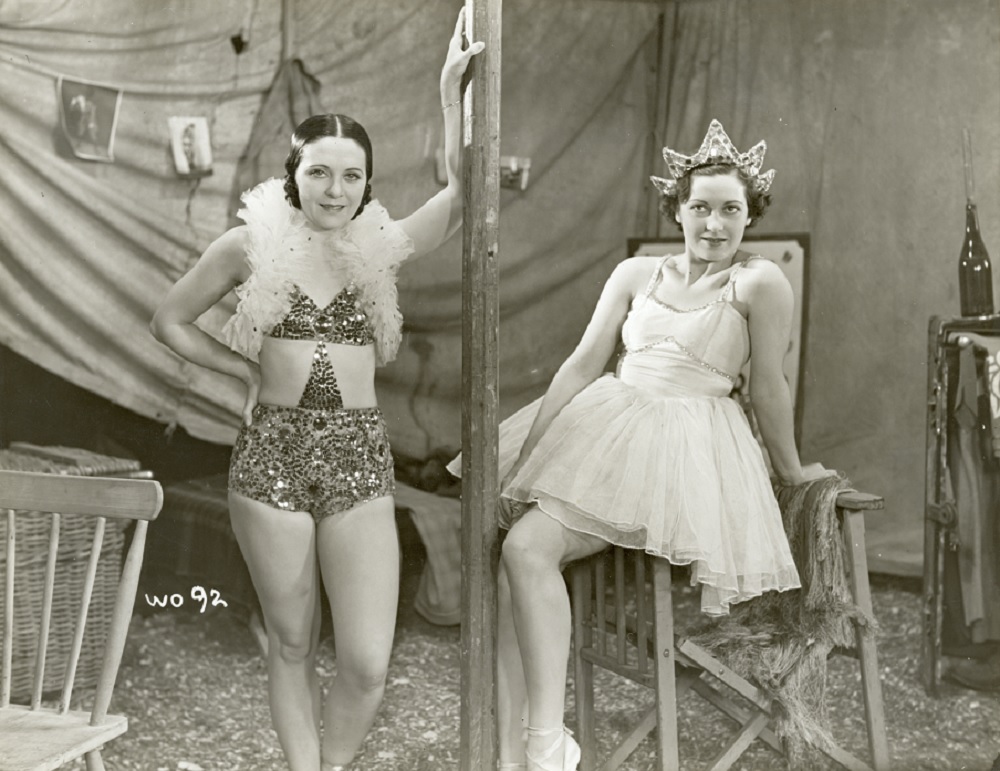
The Oscar-nominated costumes by Anna Senior for My Brilliant Career include a white dress that tells its own story, epitomising the role of costume in helping to create character. The garment’s fabric was selected because of the way the lighting highlights its lustre in two contrasting settings: a fire-lit interior drawing room scene, and an exterior boating scene in which intense daylight accentuates the lace detail of the dress.
In stark contrast, Gillian Armstrong’s follow-up to My Brilliant Career was the effervescent rock musical comedy Starstruck (1982). Its outrageous costumes were designed by Terry Ryan and Luciana Arrighi, influenced by the kitsch aesthetic of early 1980s music videos. US critic Janet Maslin called the film ‘a costumer’s dream’ in her 1982 New York Times review, and writes that ‘Jackie (played by Jo Kennedy) never fails to be dressed in something appealingly ridiculous’. This includes the multi-coloured and sequined tutu she wears at the final performance at the Opera House.
If we look back at Gwen Munro in Orphan of the Wilderness in 1936 (pictured above), we can see the direct line of how our distinctively dressed, quirky Australian outsider characters have evolved. While Gwen Munro looked the epitome of glamour for most of the film, it was her oddly fitting, exuberant circus costume that heralded the unique Australian cinematic world view to come.
This is an edited transcript of a talk given by NFSA Curator Jennifer Gall at the NFSA in January 2018. Our Film Costumes curated collection includes the costumes mentioned from Moulin Rouge!, The Cheaters, Picnic at Hanging Rock, My Brilliant Career, Starstruck and many more.
The National Film and Sound Archive of Australia acknowledges Australia’s Aboriginal and Torres Strait Islander peoples as the Traditional Custodians of the land on which we work and live and gives respect to their Elders both past and present.
